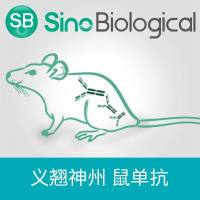Fluorescence In Situ Hybridization Analysis of Formalin Fixed Paraffin Embedded Tissues, Including Tissue Microarrays
互联网
互联网
相关产品推荐

Coagulation Factor III / Tissue Factor / CD142 鼠单抗 (FITC)
¥700

高密度组织芯片蜡块模(high density paraffin block)
¥150

Formalin Pigment Scavenger(S0310)-500ml
¥220

Recombinant-Burkholderia-sp-Bifunctional-protein-glkglkBifunctional protein glk Including the following 2 domains: Glucokinase EC= 2.7.1.2 Alternative name(s): Glucose kinase Putative HTH-type transcriptional regulator
¥14490

RELT/RELT蛋白Recombinant Human Tumor necrosis factor receptor superfamily member 19L protein (RELT)重组蛋白Receptor expressed in lymphoid tissues蛋白
¥1344
相关问答

